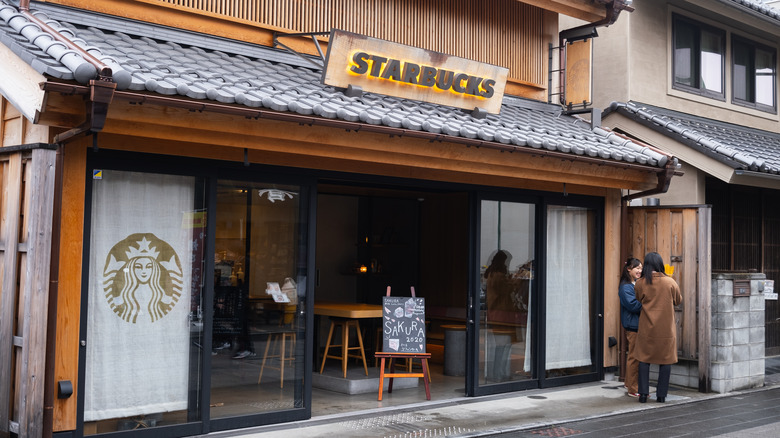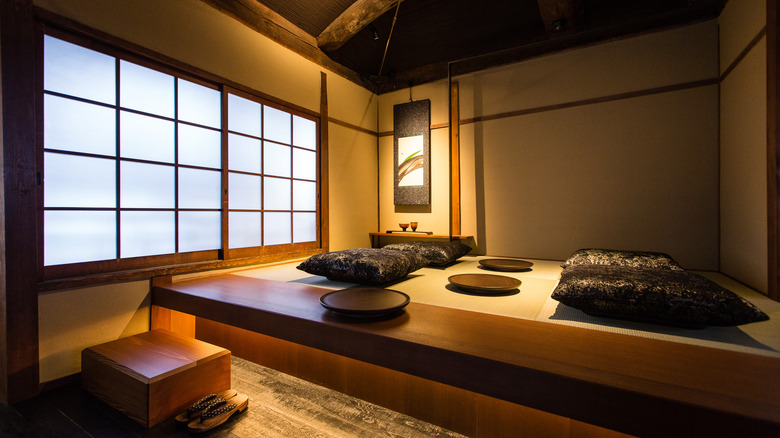What Makes Starbucks Regional Landmark Stores In Japan Unique?
Anyone who has ever popped into a chain restaurant on vacation for a quick cup of joe or a fast lunch knows that most look largely the same wherever you are. However, every once in a while, you may find one that stands out, a fancy flagship store, or one built in a clearly converted building that just makes it feel a little more special.
In Japan, these destinations are more common if you are looking for coffee on your travels since Starbucks has created a group of 28 one-of-a-kind "Regional Landmark Stores" across the country. These spots are special because, while they serve the same fan-favorite menu items that the other locations around Japan sell in addition to special drinks made especially for the Japanese market, they are all uniquely designed and incorporate the local scenery and culture. This attention to detail makes visiting these cafés feel special and makes them lovely stops for tourists and natives.
Uniquely Japanese cafés
Unlike most Starbucks locations, Japanese Coffee Co. explains that these special Regional Landmark Stores are built either in existing renovated buildings or in specially designed spaces made to embrace the local environment. Many of the cafés occupy buildings from the 19th and early-20th centuries — all carefully renovated to preserve their history and exterior aesthetic while making them functional spaces for businesses and people to come and socialize.
Since Starbucks' first Japanese location in 1996, the brand has seen a massive expansion in the country. The nation is home to over 1,600 of the chain's locations and is popular, much like it is in the U.S. Its renown has been bolstered in part by these landmark stores, which Japanese Coffee Co. notes were received positively due to the coffee retailer agreeing to take on the cost and effort of renovating and restoring the existing buildings. While the renovated shops are seen as a way to preserve classic structures and honor local traditions, others have been built by Starbucks to fit into the local environments, such as eco-friendly cafés built near or in parks with scenic views of the sea or landscapes. There is even one at the Uji Byodo-In Buddhist temple, a World Heritage Site, designed to maintain the quiet, Zen atmosphere of the temple. For tourists, these locations are a great way to experience a familiar American brand with a touch of Japanese culture.

